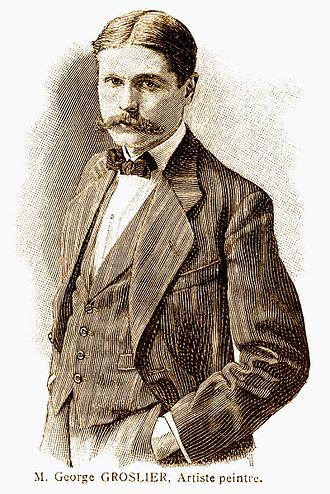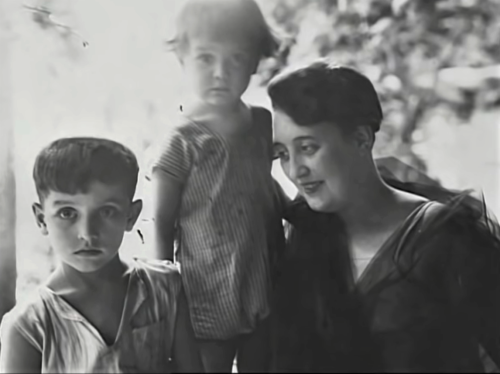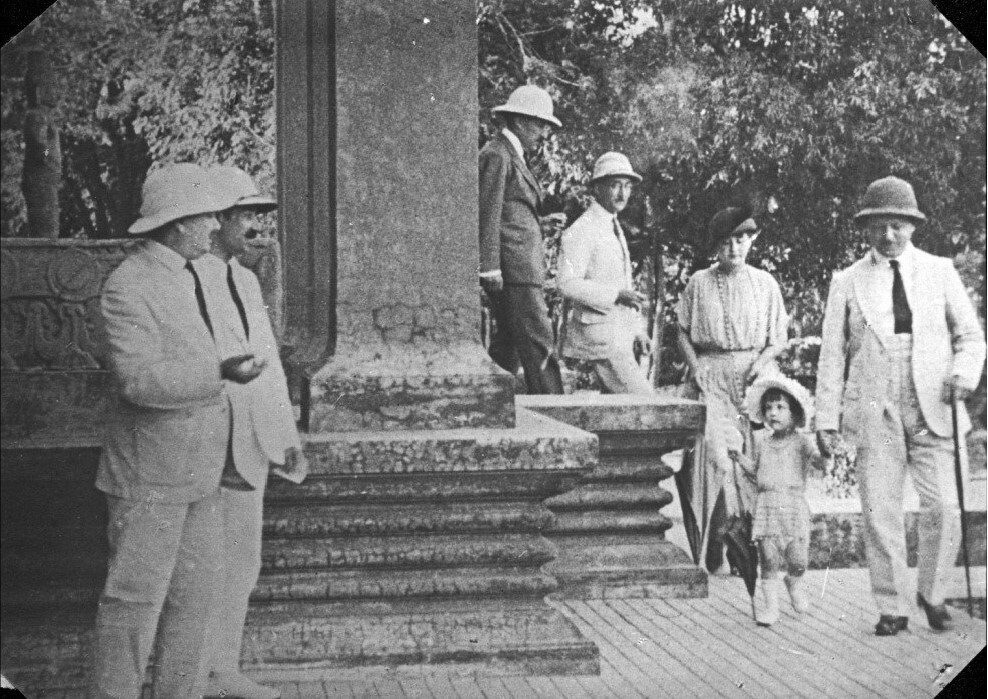Recherches sur les Cambodgiens
by George Groslier
George Groslier's encyclopaedia-like sum on the Ancient Khmer civilization, "d'après les textes et les monuments depuis les premiers siècles de notre ère".

Type: on-demand books
Publisher: Augustin Challamel Ed., Paris
Edition: Electronic version by Internet Archive Open Library, Duke Library Digitized Documents, May 2017
Published: 1921
Author: George Groslier
Pages: 552
ISSN: OL6636257M
Language : French
ADB Library Catalog ID: eGRORECH
Based on "travels and missions in Cambodia from 1909 to 1914 and from 1917 to 1920", this ambitious work was attempted as "an ethnographic portrait of the Khmer people", past and present, but the author downsized the scope of his research and focussed on the Ancient Khmer civilization. Later on, he published an additional volume, Nouvelles recherches sur les Cambodgiens.
Among the sources used by the author, we shall note the prevalence of Chinese chroniclers, in particular Tchou-Ta-Kouan (Zhou Daguan). When the book was published, many Khmer inscriptions had yet to be discovered and deciphered. It must also be stressed that with this essay G. Groslier was a real pioneer in material culture research.
- Chap. I, L’écriture (Khmer Writing). Of note: "The oldest specimen of Khmer writing known to us dates back from 629 CE."
- Chap. II, Les habitants (Cambodia's Inhabitants). Of note: Interesting notations on interbreeding.
- Chap. III, Le commerce (Commerce, Imports & Exports)
- Chap. IV, Le système métrique (Metric System, Weights & Scales, Lengths, Money).
- Chap. V, Le vêtement (Clothing, Fabrics, Men's & Women's Garments, Accessories).
- Chap. VI, La coiffure (Hairstyle, Natural Adornments, Make-Up & Perfumes, Diadems & Helmets).
- Chap VII, Les bijoux (Jewelry, Goldsmiths, Precious Stones, Various Adornments).
- Chap. VIII, Les marques d’honneur (Honorific Signs, Umbrellas, Fans, Emblems).
- Chap. IX, Les armes (Armament, Warfare, Slingshots & Catapults, Bladed Weapons, Shields and Armors).
- Chap. X, Les véhicules et les harnachements (Vehicles & Harnessing, Transportation Means, Carts, Chariots, Litters, Palanquins, Elephant Harnessing, Boats).
- Chap. XI, L'ameublement et l’outillage (Furnishing & Tools, Furniture, Crockery & Containers, Tools).
- Chap. XII, Les instruments de musique (Musical Instruments, Percussions, Strings).
- Chap. XIII, La céramique (Ceramics, Local & Foreign Potteries)
- Chap. XIV, L’alimentation (Diet, Hunting, Harvesting, Fishing, Foods & Drinks).
Part II
- Chap. XV, Les monuments (Monuments, Geographical Local of Ancient monuments, Orientation, Classification of Blueprints).
- Chap. XVI, Les matériaux et les procédés (Materials & Techniques, Sandstone & Quarries, Handling of Stones, Various Building Materials).
- Chap. XVII, Les éléments d’architecture (Architectural Elements, Walls & Pillars, Roofing, Towers, Doors & Windows, Foundations & Stairways).
- Chap. XVIII, La sculpture (Sculpture, Spatial Distribution & Technique).
- Chap. XIX, La sculpture architecturale (Architectural Sculpture, Statuary).
- Chap. XX, La sculpture architecturale (suite) (Architectural Sculpture II, Architectural Ornementation, Classification & Study of Elements).
- Chap XXI, La sculpture architecturale (fin) (Architectural Sculpture III, Ornementative Sculpture Combined with Architectural Elements).
- Chap. XXII, Les édifices d’après les bas-reliefs (Monuments According to Bas-Reliefs, Technique of Monumental Representation, Literal & Interpretative Reading, Study of Plans according to Elevations).
- Chap. XXIII, La vie dans les édifices à l’époque classique (Daily Life in Buildings during the Classical Era, Life in temples, palaces and villager houses).
- Chap. XXIV, L’évolution de l’art monumental (Monumental Art Evolution, Origins & Foreign Influences, Borrowed & National Elements).
with 200 photographs, 43 plates and 179 drawings by the author.
There are countless important notations drawn from the author's field work at Angkor, in various Khmer temples, and around modern pagodas and palaces. From the fact that he collected "small residues of black or red resin plated with gold" from small gaps between stones at Angkor Wat, to the hypothesis on the hauling system used for large stone blocks at Prasat Beng Maelea or Takeo of Angkor, to the elaborate floorplans of Udong (around 1860) and Phnom Penh (in 1913) Royal Palaces, reproduced here below:
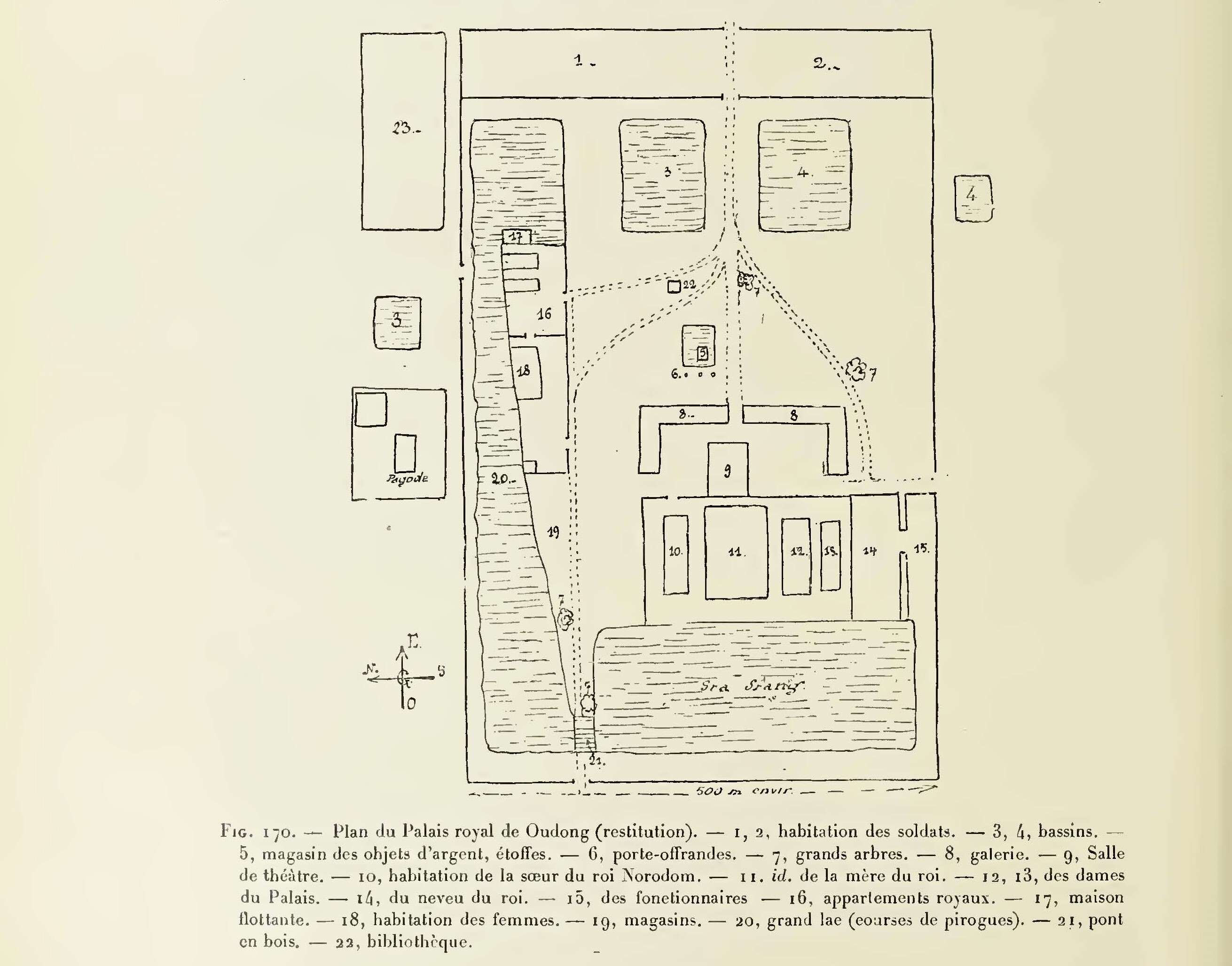
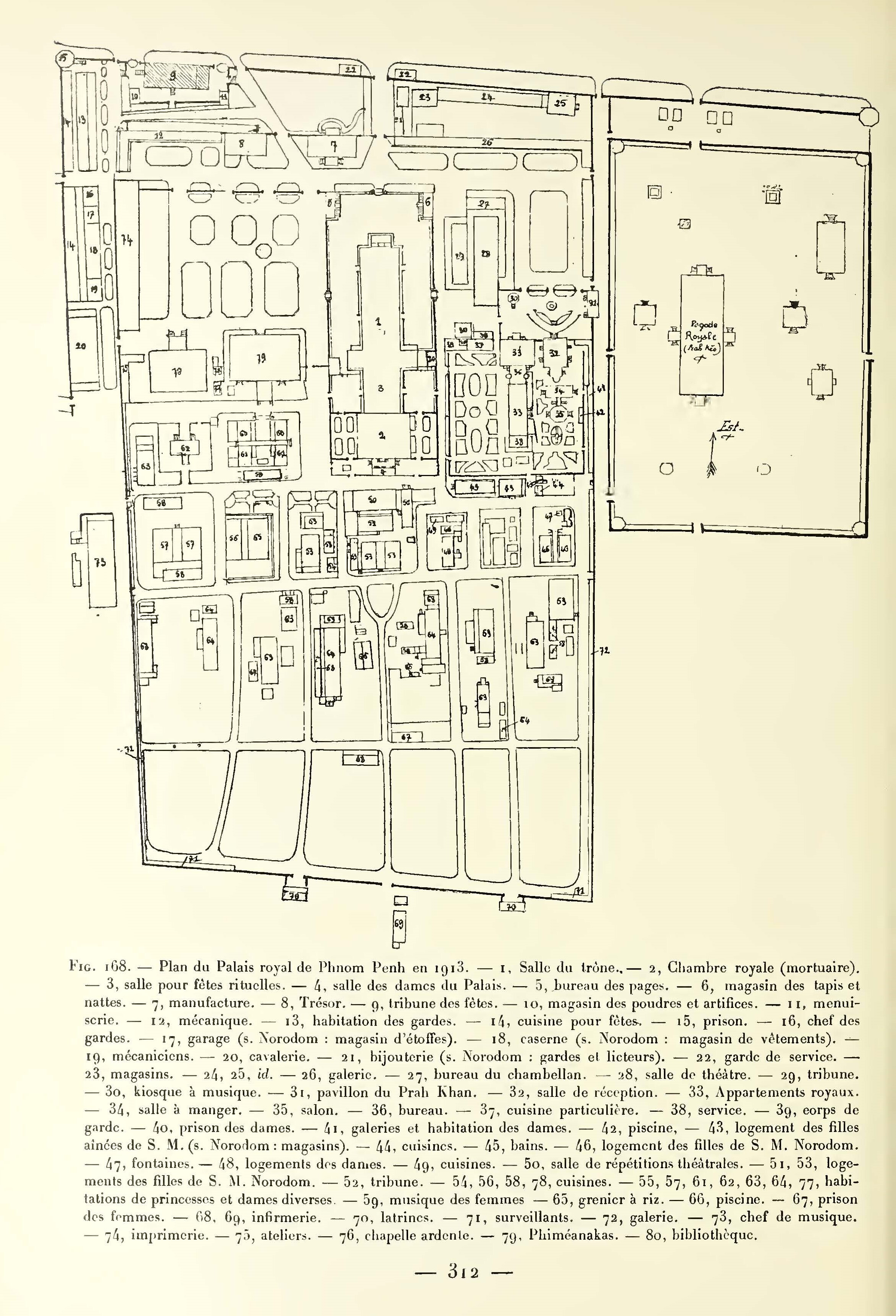
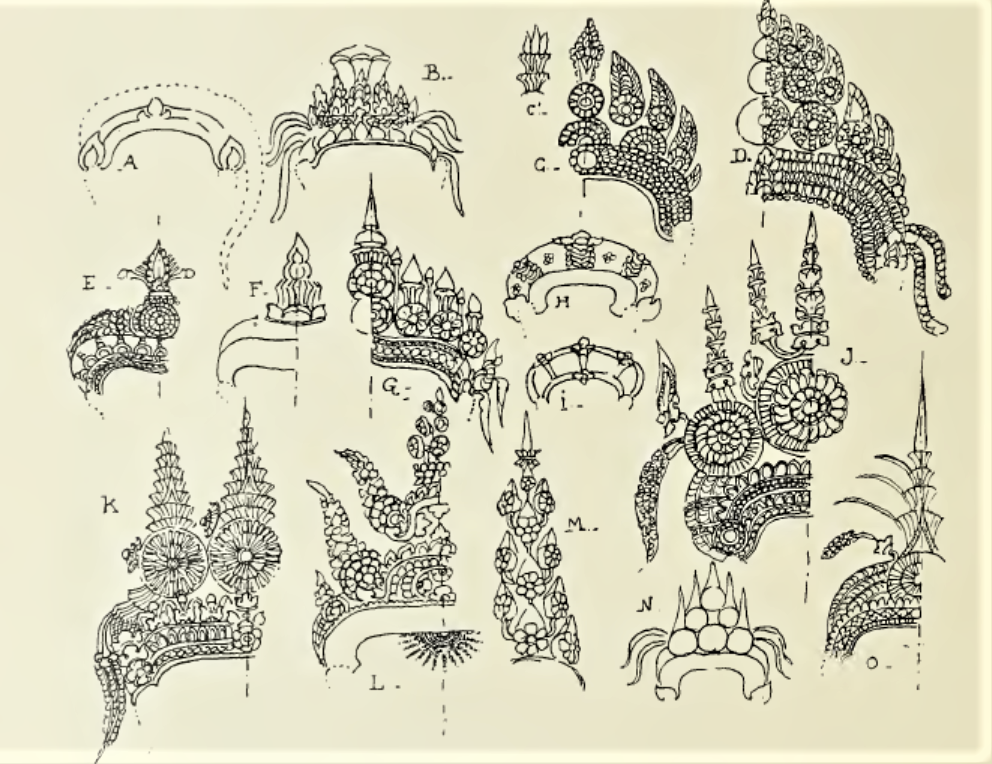
Various Women's Head Ornaments (drawings by George Groslier)
Tags: ethnography, Pre-Angkorian, Khmer Empire, Khmer civilization, sculpture, architecture, material culture, archaeology, Khmer arts
About the Author
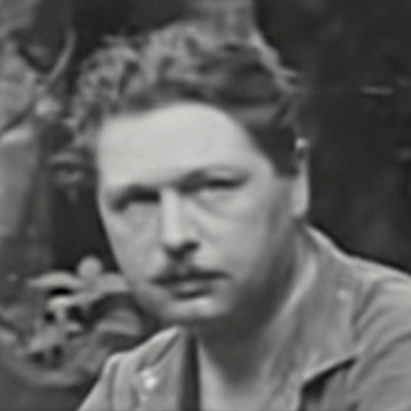
George Groslier
George Groslier (4 Feb. 1887, Phnom Penh-16 June 1945, Phnom Penh), the first child with French citizenship born in modern Cambodia, artist, novelist, historian, archaeologist, ethnologist, architect, photographer, founder and curator of the National Museum of Cambodia, was the ultimate "Cambodian scholar".
While organizing the School of Cambodian Arts (nowadays the Royal University of Fine Arts) in the 1920s, he has extensively portrayed and studied the country, its people and its traditions, in his writings, paintings and erudite communications. He founded the Phnom Penh Albert Sarraut Museum in 1919, later to become the Cambodia National Museum. Groslier's wife, Suzanne Poujade (1893-1970), was a niece of Albert Sarraut, former Governor-General of Indochina and then French Minister of the Colonies and future Prime Minister.
George Groslier died prisoner in a Japanese concentration camp when Japan -- although formerly an ally of Petain's French government -- occupied vast swaths of South East Asia. With Suzanne Poujade, he had three children, Nicole, Gilbert and Bernard-Philippe, the latter following his father's steps and becoming an eminent researcher in Cambodian archaeology and history.
Four of his major books -- Cambodian Dancers, Ancient & Modern; In the Shadow of Angkor, Unknown Temples of Ancient Cambodia; Return to Clay, A Romance of Cambodia and Road of the Strong, A Romance of Cambodia -- have been translated into English and published by DatAsia Press.
Read here about the Rue Groslier (Groslier Street) in Phnom Penh (access to National Museum).
